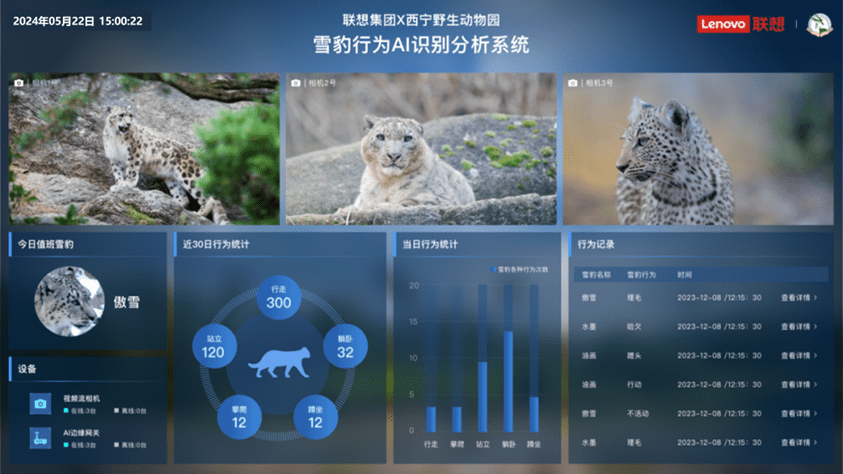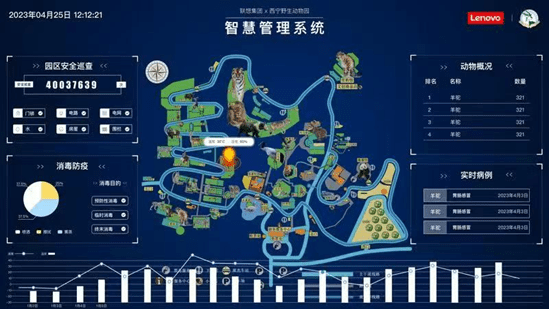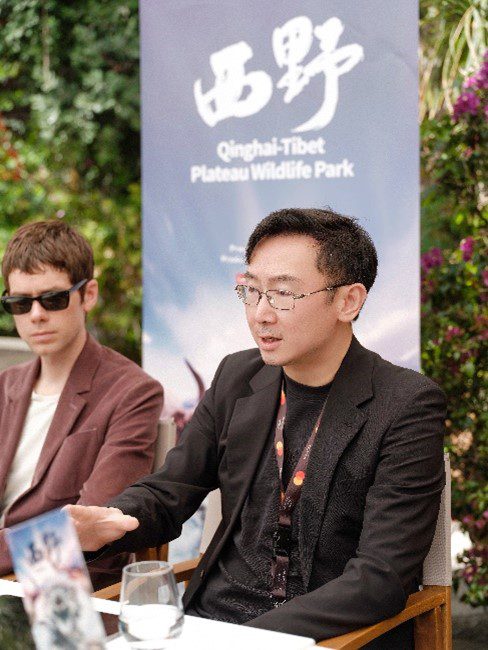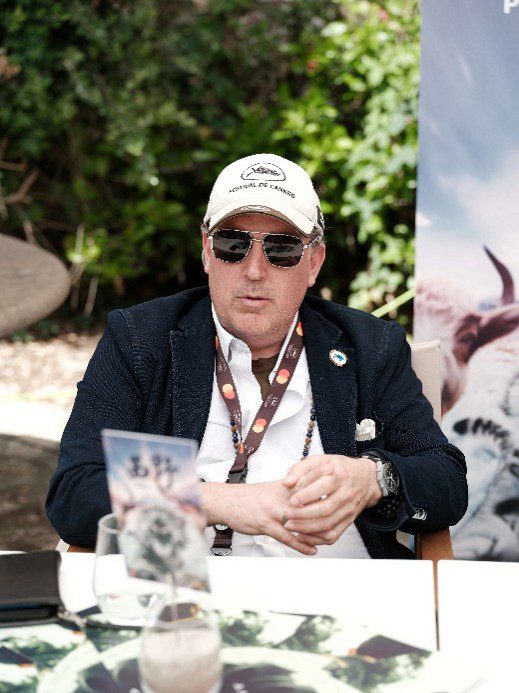On the sun-burned heights of the Qinghai-Tibet Plateau, where snow leopards prowl and the winds carry millennia-old mysteries, something extraordinary is unfolding. In partnership with Lenovo, the Xining Wildlife Park—affectionately known as “QWP”—has become one of the world’s first high-altitude, AI-enabled wildlife sanctuaries. This summer, its story leapt from remote mountain passes onto the global stage at the 78th Cannes Film Festival, where acclaimed director Lu Chuan premiered Qinghai-Tibet Plateau Wildlife Park to widespread acclaim.
A sanctuary reimagined
Far more than a traditional zoo, QWP operates on a belief shared across cultures: all life forms—from the tiniest pika to the majestic Tibetan antelope—are interconnected and deserve equal respect. Here, injured wild animals are rescued, rehabilitated, and, whenever possible, returned to the wild. For those unable to survive on their own, the park becomes a lifelong refuge—a “living station” where care and dignity abound.
Caring for wildlife at nearly 15,000 ft (4,500 m) elevation comes with challenges few conservationists face: brutal weather swings, thin air, and rugged terrain. That’s where Lenovo’s “Smarter AI for all” vision shines by equipping field teams with AI-driven tools tailored for extreme environments, from real-time weather monitoring to precision behavior analysis.
Building the “AI Park”
Together, Lenovo and QWP crafted a suite of intelligent systems on-site:
- Snow Leopard Behavior Recognition
At the heart of the sanctuary lies the Snow Leopard Behavior Recognition & Analysis System, an AI-powered platform that underpins breeding, daily monitoring, and behavioral research. By pairing Lenovo’s AI edge-computing devices with the latest computer-vision analytics, it turns vast behavioral datasets into intuitive visualizations for caretakers and researchers alike.


- Individual Wildlife Data Records
Every animal at QWP has a full life-cycle electronic record, capturing daily health checks and treatment histories in a centralized digital system—ensuring standardized, traceable data.

- Smart Rescue & Breeding Infrastructure
In key areas, sensors continuously monitor temperature and humidity to maintain safe environments for wildlife. When extreme conditions occur, real-time alerts are sent to staff devices to ensure swift action.Meanwhile, a digital medical system helps staff track and manage health data. Each animal—whether long-term resident or newly rescued—has its own electronic medical record. Data is recorded via computers and tablets, ensuring accurate, accessible information to guide daily care.
From plateau to premiere
Lu Chuan’s documentary, filmed on location, captures the raw beauty of the high plateau and the intricate lives of endangered species like the Tibetan antelope and snow leopard.

At Cannes, the documentary offered more than just stunning visuals—it invited reflection. In the quiet of the screening room, filmmakers, environmentalists, and technologists were drawn into a story where human compassion and animal resilience intertwined.
Following the film, Lenovo hosted a seminar, exploring how innovation can deepen our empathy and responsibility toward all living beings. Hollywood’s “Green Filmmaker,” Greg Reitman, shared: “Technology really is the bridge to a deeper understanding of wildlife. We can’t physically interact with animals like leopards or elephants without impacting them—but with AI and machine learning, we can observe, track, and understand their habitats in powerful new ways. There’s a kind of respect for nature that emerges from this approach, and I believe it’s the future of conservation.”

Creativity powered by Lenovo’s AI PCs
Behind the camera, Lenovo’s AI PCs helped bring the director’s vision to life. By supporting the documentary’s post-production, these tools accelerated the visual storytelling process, transforming creative ideas into reality with greater speed and precision. It was a meaningful attempt to explore how AI can empower the art of filmmaking.
A blueprint for planetary awareness
Today, the Qinghai-Tibet Plateau Wildlife Park represents a new approach to conservation—one where intelligent tools support local caretakers, and technology works in harmony with nature. Rooted in Lenovo’s ‘Smarter AI for all’ vision, the project demonstrates how technology can deepen our care for animals and broaden our understanding.
As the credits rolled at Cannes, the message reached far beyond the plateau. By connecting conservation, creativity, and AI, this story offers inspiration for protected areas worldwide, from icy tundra to tropical forests. A future of coexistence, guided by empathy and insight, may just be within reach.
